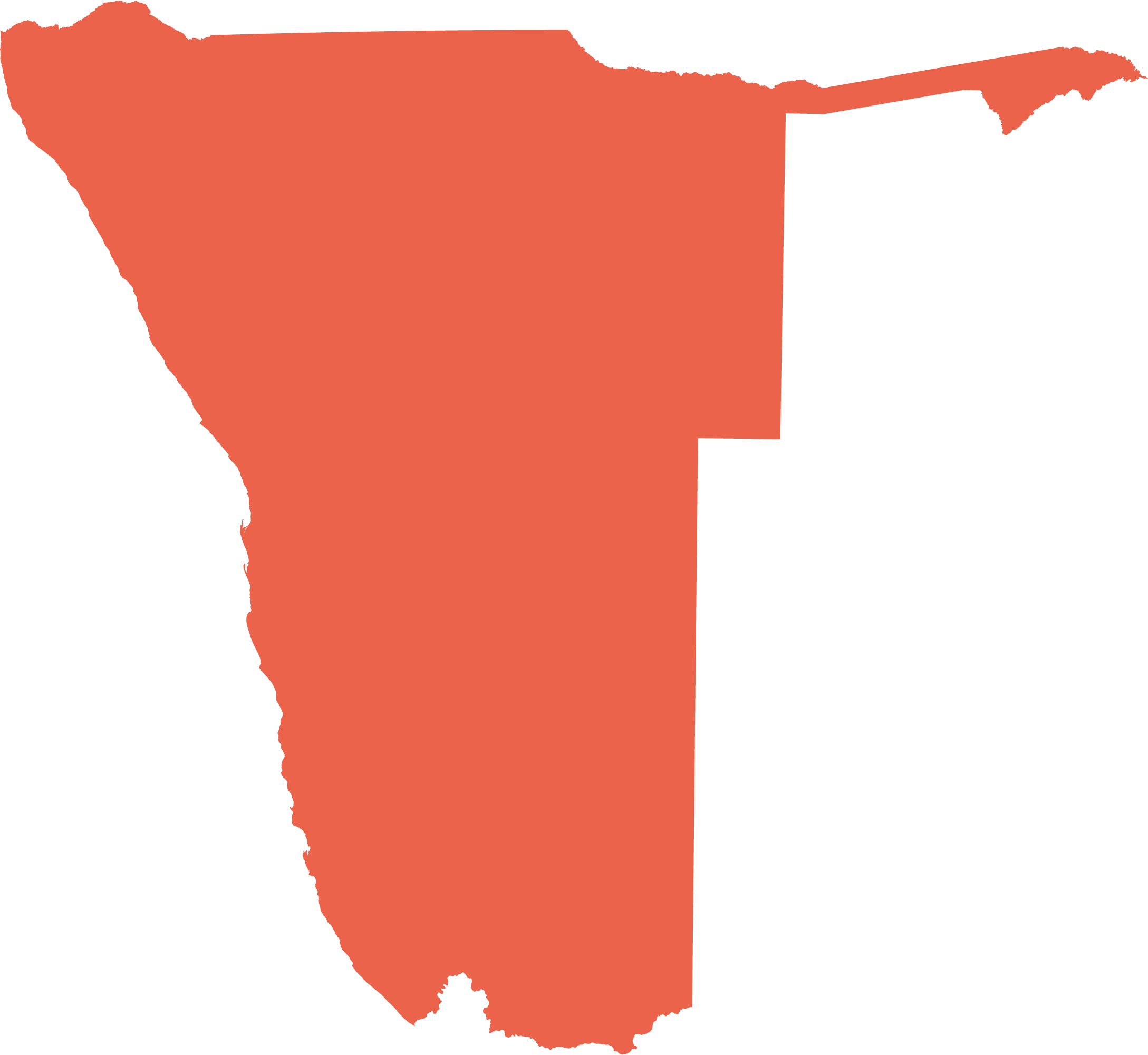What should, but could not, be mapped
A considerable variety of topics are mapped, described and illustrated in this atlas. However, and with some regret, there are several important topics that could not be covered – mostly because of an absence of appropriate information. Attempts to fill these gaps in the future should be encouraged.
- Although a proxy for bush encroachment is presented, this does not do justice to the need for reliable answers to the crucial questions of how bush cover has changed and how it varies spatially across Namibia, and what plant species predominate encroachment in different areas.
- Information on the distribution and status of many smaller, less conspicuous animals is lacking. These organisms constitute a high proportion of the fauna. The absence of more comprehensive information limits perspectives on the diversity of species, especially those endemic to Namibia.
- Reliable, mapped information on the areas of jurisdiction of traditional authorities is not available.
- Information of the number of livestock is presented, but systematic information on the purposes of livestock (i.e., for revenue production or savings and capital investment) in different areas is lacking. Such data would have considerable value in casting light on appropriate land tenure systems, the use of public funds for drought relief and the provision of services to encourage livestock production, for example.
- The tourism sector is probably second to mining in its contribution to the formal economy. Some information on the distribution of tourism is presented, but much more information should be available. For example, how many households are supported by jobs in this sector, where are those jobs, what is the nature and extent of industries that support tourism, and how much money is spent by tourists inside and outside Namibia?
- Economic surveys and analyses normally report on revenue production, but savings and other capital are crucial to all Namibian families. Data on and understanding of the nature, uses, sizes and distribution of these components of household economies are, however, largely absent.
- Some comments on the nature of the growing informal economy are offered. This is a substantial part of the national economy for which information should be available on its characteristics, scale and growth in different areas, sectors and societies, for example.

